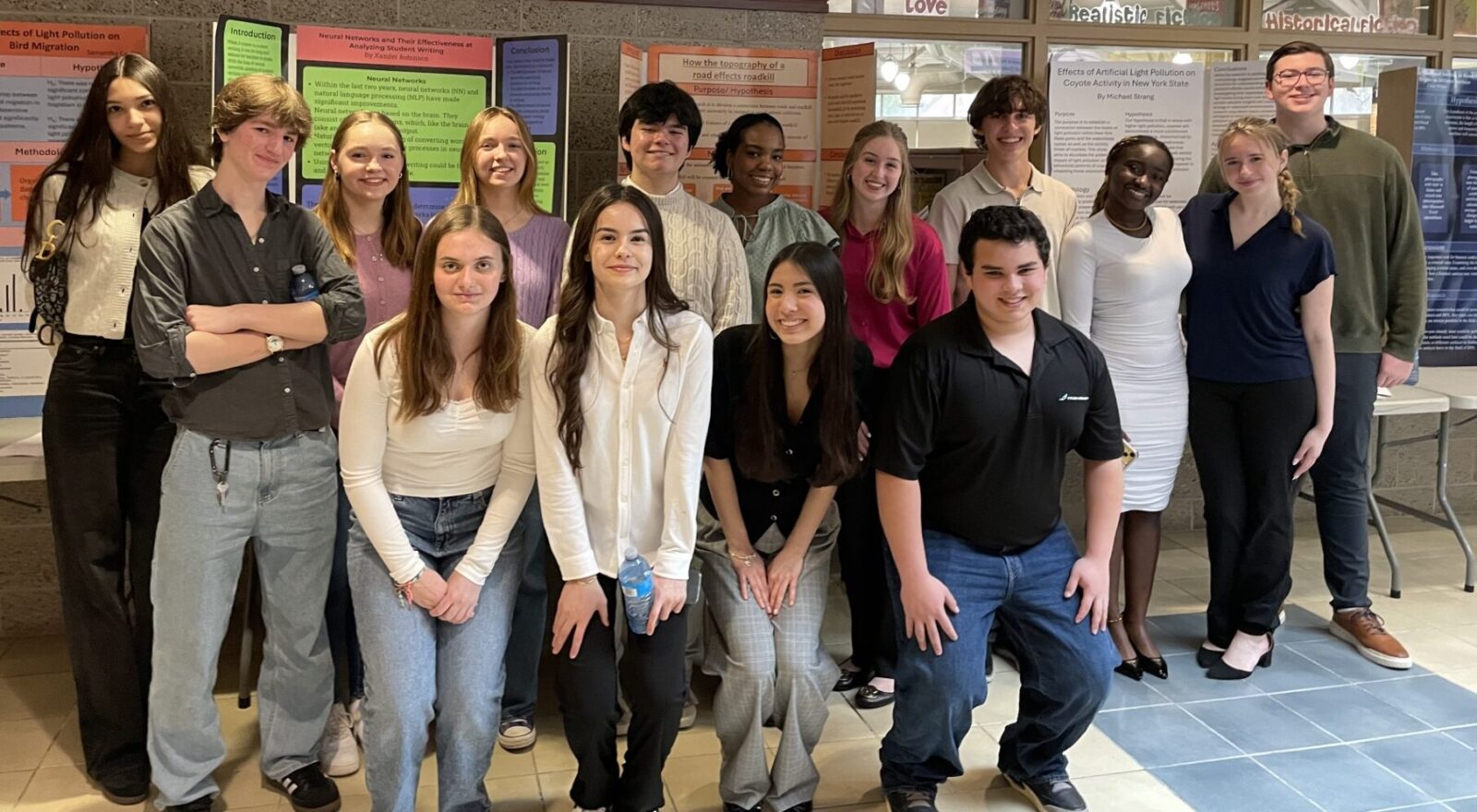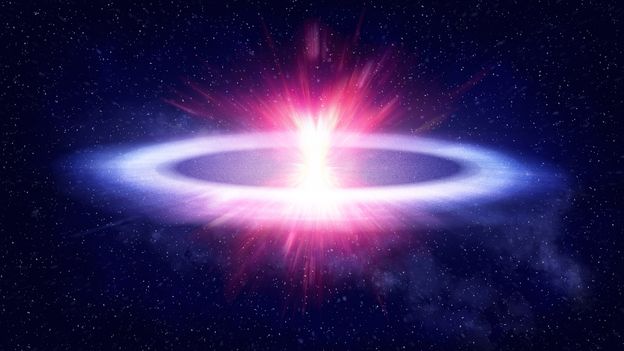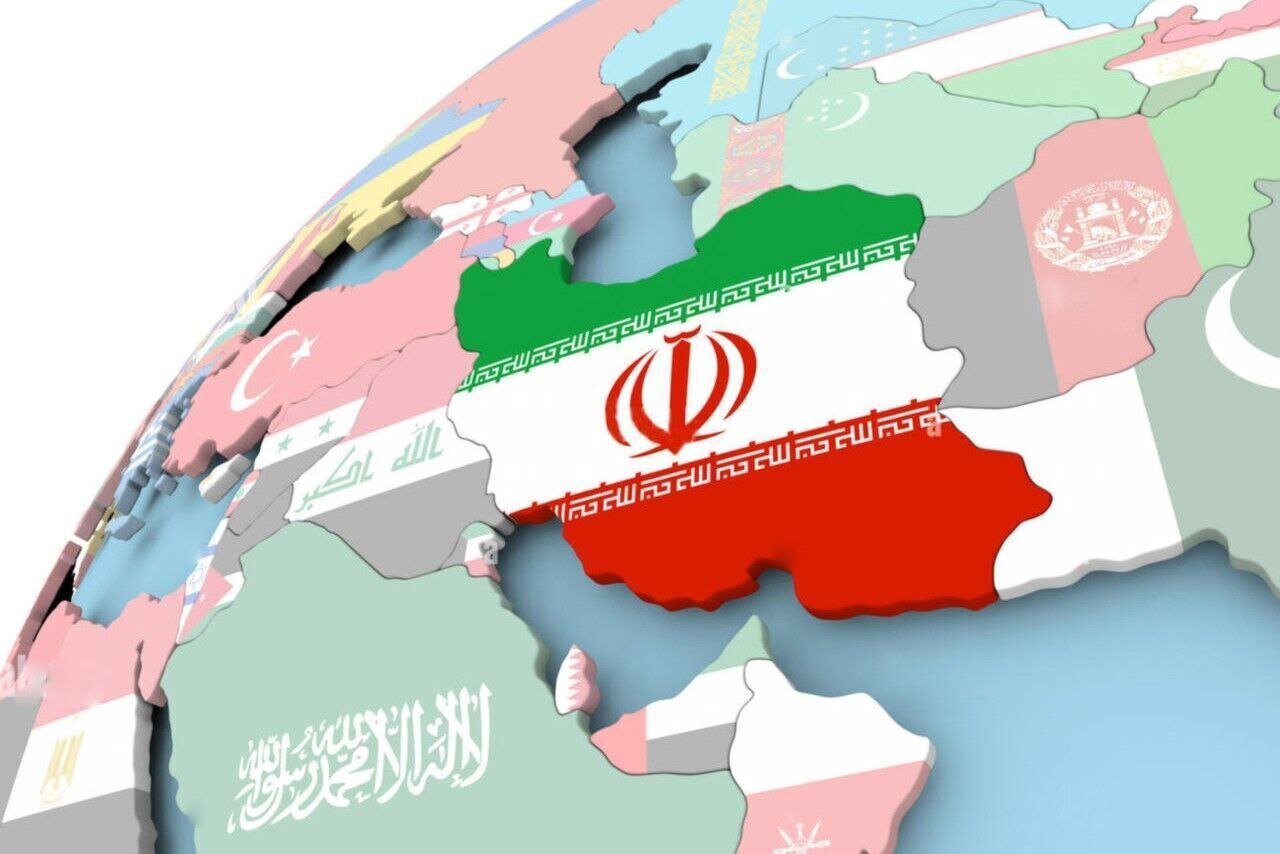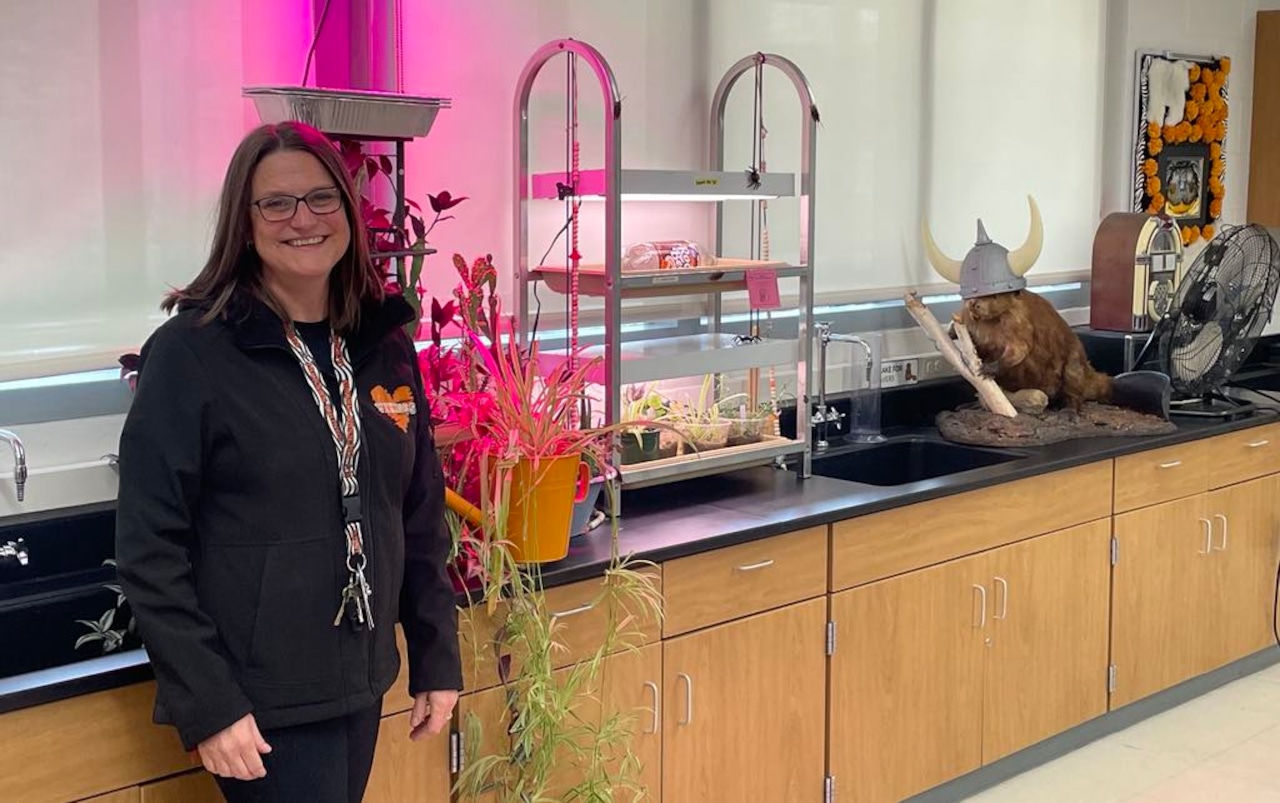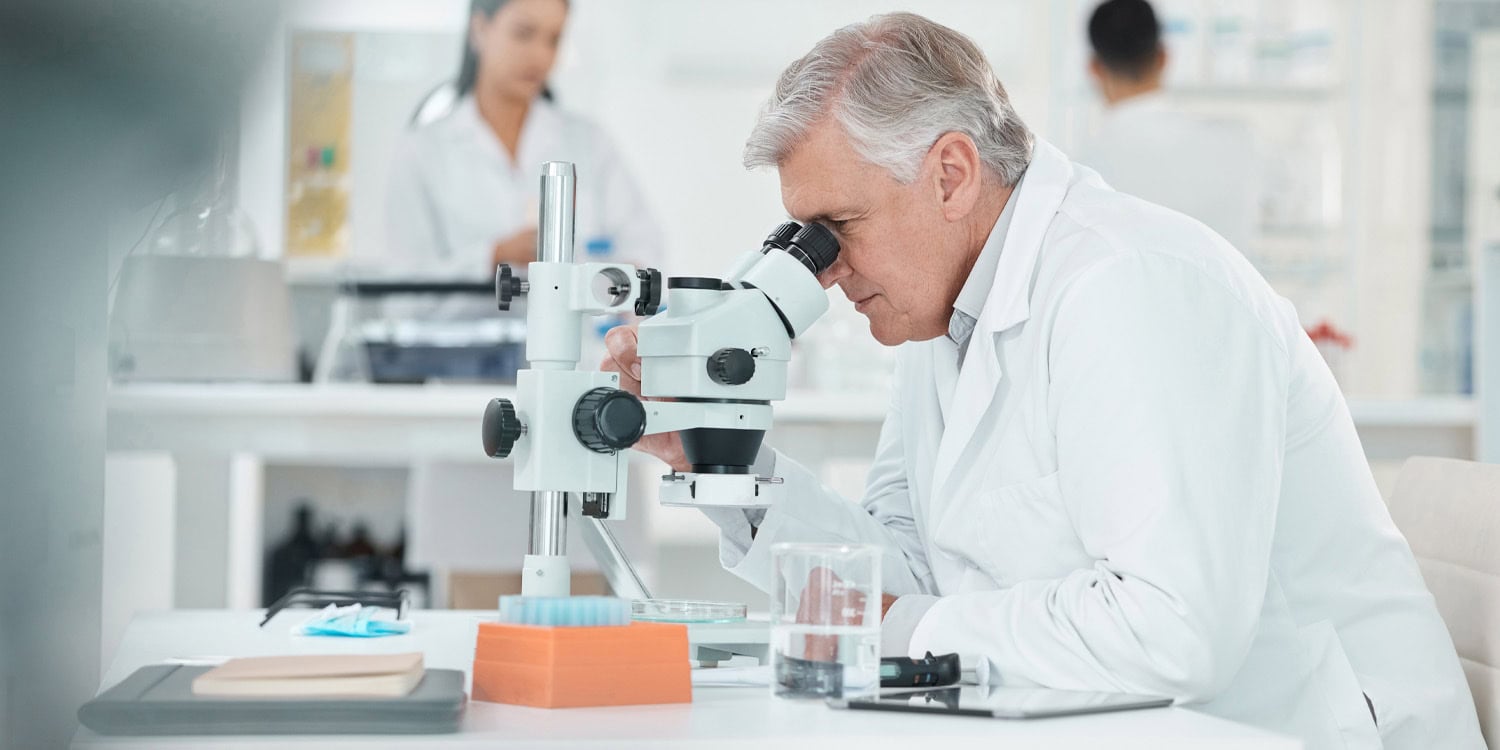Implantation of Acellular Nerve Allograft Using Nerve Connectors.
Autor: Isaacs, Jonathan; Mallu, Satya; Patel, Gaurangkumar; Kite, Amy; Shah, Sagar; Graham, Gordon P.
Publication year: 2020
Hand (New York, N.Y.)
issn:1558-9455 1558-9447
doi: 10.1177/1558944719828009
Abstract:
Background: Nerve connectors are short nerve conduits used to approximate nerve ends. Acellular nerve allografts are viable alternatives when direct repair is not possible but do not produce exudate essential for fibrin clot formation. We hypothesize that acellular nerve allograft implanted using nerve connectors must have end-to-end contact with the in situ nerve stumps to support nerve regeneration. Methods: Sixty Sprague Dawley rats underwent a 14-mm unilateral tibial nerve injury and subsequent repair using various combinations of acellular nerve grafts and nerve connectors. Proximal repairs for all groups utilized direct contact with the nerve stump within connector. Variations in distal repair methods (allograft length, nerve gap, and connector length) defined our 4 groups-group A: 14 mm allograft, no distal gap, and distal connector; group B: 11.5 mm allograft, 2.5 mm distal gap, and distal connector; group C: 9 mm allograft, 5 mm distal gap, and distal connector; group D: 14 mm allograft, no distal gap, and no distal connector. At 3 months post-repair, function and histomorphology were assessed. Results: Developed muscle force was significantly lower in group C (0.073 ± 0.077 N) compared with the other 3 groups (group A = 0.529 ± 0.312 N, group B = 0.461 ± 0.462 N, and group D = 0.409 ± 0.327 N). Axon counts were significantly lower in group C (2121 ± 389) compared with group A (6401 ± 855), group B (4710 ± 755), and group D (4450 ± 126). There was no statistically significant difference in G-ratios (myelination) between groups (P > .05). Conclusion: Nerve regeneration was significantly impaired as the gap distance between the distal end of the allograft and the distal nerve stump increased to 5 mm.
Language: eng
Rights:
Pmid: 30782010
Tags: Animals; Rats; Rats, Sprague-Dawley; Allografts; *Nerve Regeneration; *Peripheral Nerve Injuries/surgery; acellular nerve allograft; Axons; nerve; nerve connectors; nerve repair; rodent
Link: https://pubmed.ncbi.nlm.nih.gov/30782010/

